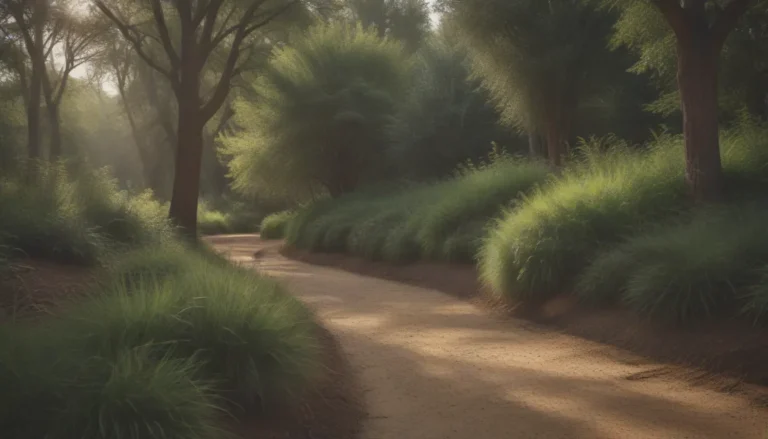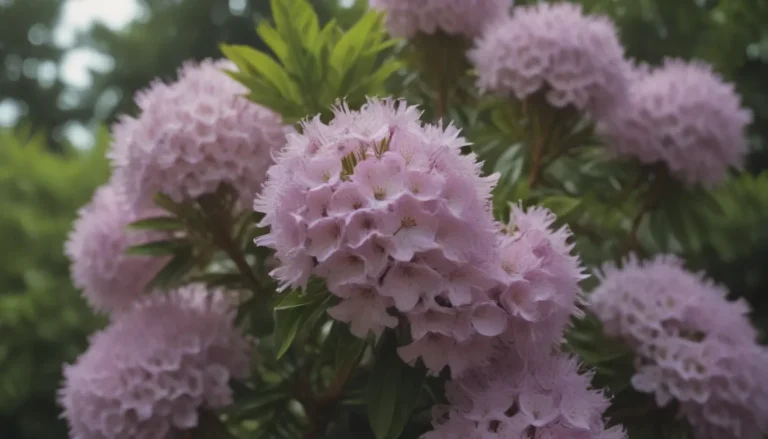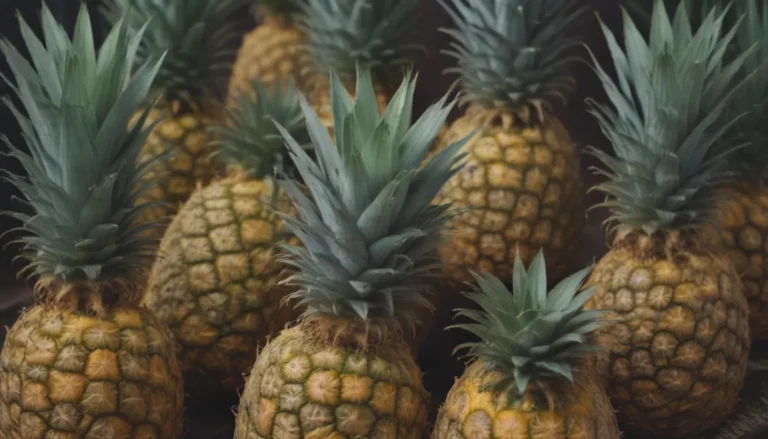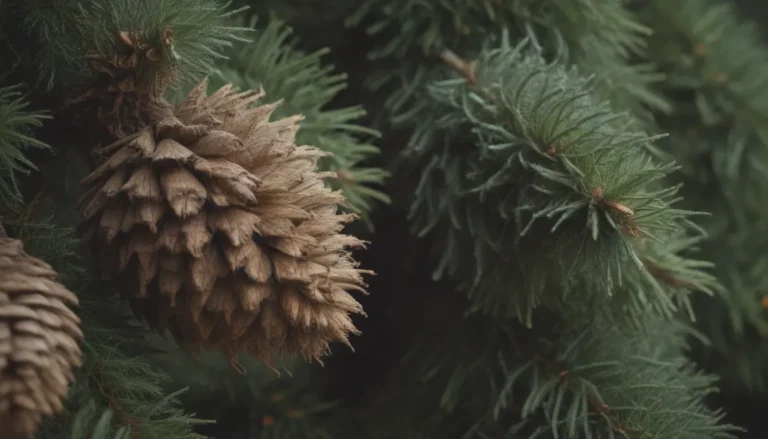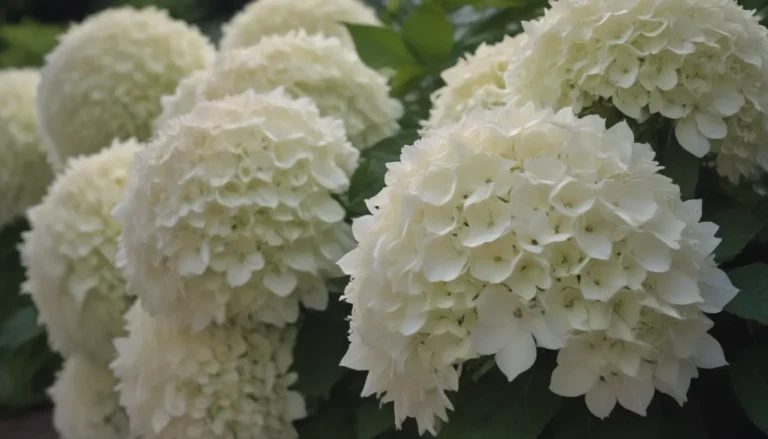How to Grow and Care for Leopard Plant: Your Complete Guide to Cultivating Farfugium japonicum
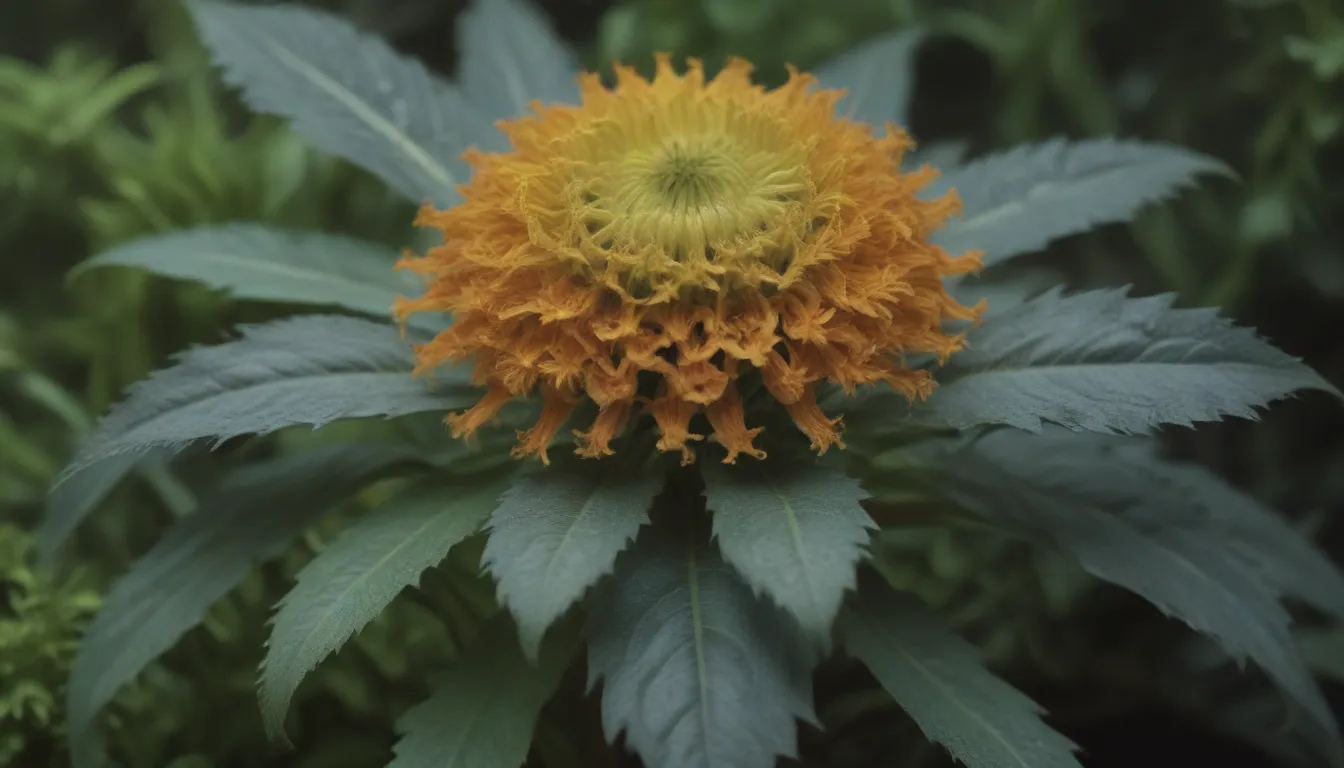
If you’re looking to add a unique and visually striking plant to your garden, look no further than the Leopard Plant, scientifically known as Farfugium japonicum. With its large, yellow flowers and distinctive tractor-seat-shaped leaves, this herbaceous perennial is sure to make a statement in any garden setting. Native to Japan, Korea, and Taiwan, the Leopard Plant thrives in warm, moist conditions, making it an excellent choice for gardens in temperate climates.
Leopard Plant Care: Tips for Keeping Your Farfugium japonicum Happy and Healthy
Taking care of your Leopard Plant is relatively easy, as long as you provide it with the right growing conditions. Here are some essential care tips to help you keep your Farfugium japonicum thriving:
Light
Leopard plants do best in partial to full shade, so make sure to plant them in an area that receives some shade throughout the day. Direct sunlight can cause the leaves to wilt and burn, so it’s essential to provide them with the right amount of shade.
Soil
These plants prefer rich, humus-heavy soil that is consistently moist. Make sure to plant them in soil that drains well to avoid waterlogging, as Leopard plants do not tolerate waterlogged conditions. Additionally, they can tolerate a range of pH levels, from slightly acidic to slightly alkaline.
Water
Leopard plants are thirsty plants and require consistent moisture to thrive. Make sure to water them deeply at least once a week, especially during dry periods. If you live in an area with infrequent rainfall, consider irrigating your Leopard plants regularly to keep the soil moist.
Temperature and Humidity
Farfugium japonicum thrives in warm, tropical climates and prefers humid conditions. If you live in a dry climate, consider misting the leaves occasionally to increase humidity levels around the plant.
Fertilizer
Leopard plants planted in rich, humus-heavy soil generally do not require additional feeding. However, you can apply a thick layer of organic matter around the plant in the spring to provide it with essential nutrients.
Varieties of Leopard Plant: Exploring Different Cultivars of Farfugium japonicum
There are several varieties of Leopard Plant available, each with its unique characteristics and growing requirements. Here are some popular cultivars of Farfugium japonicum:
- **Farfugium japonicum ‘Aureomaculatum’
- **Farfugium japonicum ‘Crispatum’
- **Farfugium japonicum ‘Shishi Botan’
- **Farfugium japonicum var. giganteum (Giant leopard plant)
- **Farfugium japonicum ‘Wavy Gravy’
Each variety of Leopard Plant has its distinct features, so make sure to choose the one that best suits your garden design and growing conditions.
Propagating Leopard Plant: How to Expand Your Farfugium japonicum Collection
Leopard plants form dense clumps that can be divided in the spring after new growth has started. If you’re looking to propagate your Farfugium japonicum, here’s how you can do it:
- Divide the clumps carefully to ensure you have healthy root systems for each new plant.
- Plant the divided clumps in a suitable location with the right growing conditions.
- Water the newly planted divisions regularly to help them establish themselves in their new environment.
By following these simple steps, you can successfully propagate your Leopard Plant and expand your collection of Farfugium japonicum.
Growing Leopard Plant From Seed: A Step-by-Step Guide
While Leopard plants are traditionally propagated by division, you can also grow them from seed if you’re up for the challenge. Here’s how you can grow Leopard plants from seed:
- Fill a seedling tray or pots with sterile potting mix and water it evenly.
- Place the seeds on the surface of the soil and press them lightly.
- Keep the soil moist but not soggy and place the pots in a location with bright, indirect light.
- Wait for the seeds to germinate, which can take up to six weeks.
- Transplant the seedlings into larger pots or outdoor locations once they are a few inches tall.
Growing Leopard plants from seed can be a rewarding experience, so don’t hesitate to try it out if you’re feeling adventurous.
Potting and Repotting Leopard Plant: Tips for Growing Farfugium japonicum in Containers
Leopard plants can be grown in containers, making them an excellent choice for gardeners with limited space. Here are some essential tips for potting and repotting your Farfugium japonicum:
- Use a 12- to-16-inch pot for most Leopard plant cultivars.
- Choose a terra cotta pot for better drainage and soil aeration.
- Fertilize your container-grown Leopard plant monthly with a slow-release balanced fertilizer during the growing season.
- Repot your Farfugium japonicum as needed when the roots outgrow the container.
By following these tips, you can successfully grow and maintain your Leopard plant in a container setting.
Overwintering Leopard Plant: How to Protect Your Farfugium japonicum During the Winter Months
Leopard plants are evergreen but may go dormant in colder climates. If you live in an area where temperatures drop below 20 degrees Fahrenheit, you’ll need to take steps to overwinter your Farfugium japonicum:
- Cover the plant crowns with mulch in the fall to protect them from freezing temperatures.
- Bring container-grown Leopard plants indoors if you live in USDA zone 7 or below.
- Water your Leopard plant sparingly during dormancy to prevent root rot.
By following these guidelines, you can protect your Farfugium japonicum during the winter months and ensure its continued growth and success.
Common Pests and Plant Diseases: Identifying and Treating Issues with Leopard Plant
While Leopard plants are relatively pest and disease-resistant, they may attract slugs and snails to their foliage. If you notice these pests on your Farfugium japonicum, consider using diatomaceous earth or other natural remedies to keep them at bay.
How to Get Leopard Plant to Bloom: Tips for Encouraging Flowering in Farfugium japonicum
If your Leopard plant is failing to bloom, consider adjusting its growing conditions to promote flowering. Provide your Farfugium japonicum with adequate shade and avoid over-fertilizing to encourage blooming.
Common Problems With Leopard Plants: Identifying and Resolving Common Issues
If you encounter problems with your Leopard plant, such as wilting or burned leaves, consider adjusting its watering and light conditions. Remember that Leopard plants prefer shade and moist soil, so make sure to provide them with the right environment to thrive.
In conclusion, Farfugium japonicum, or Leopard Plant, is a unique and visually stunning perennial that can add interest to any garden setting. With the right care and growing conditions, you can enjoy the beauty of Leopard plants year-round. So why wait? Start growing and caring for your own Farfugium japonicum today and watch as it brings color and vibrancy to your garden landscape.
